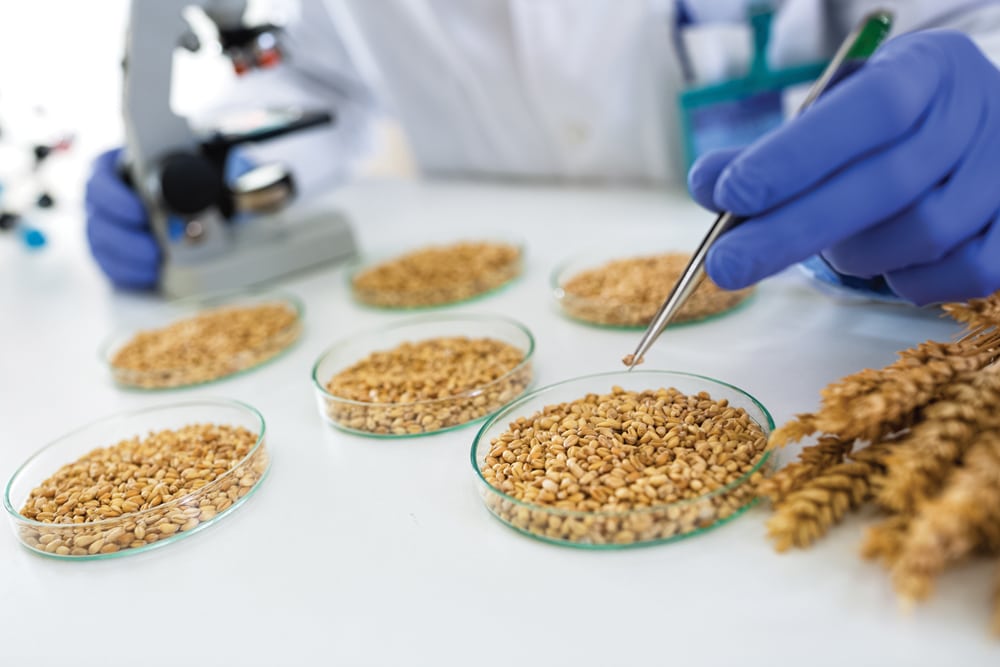Britain is the first in Europe to test genetically modified wheat
British scientists began field trials of genetically modified wheat
The Rothamsted Research Institute in the United Kingdom became the first organization in Europe to begin testing genetically modified wheat. The relevant permission was issued by the department that deals with agriculture. The institute plans to carry out a series of tests on wheat whose genome has been artificially altered. It will be grown in Hertfordshire.
Rothamsted is an organization that has been researching crop genetic engineering since the 1990s. The institute’s scientists are confident that the first field trials in the UK and Europe as a whole will open up new opportunities for the GM crop sector.
Wheat was taken for the experiment, in which the level of asparagine was reduced by the CRISPR method. This substance turns into the carcinogen acrylamide at high temperatures, which is dangerous to human health. The latter was discovered in 2002, and since then experts have been working hard to minimize its content in food production. Acrylamide causes cancer in rodents and is harmful to humans. And the carcinogen is emitted not only when baking or frying bread, it is also found in cereals other than wheat, as well as in chips and fried potatoes.
Scientists believe that modern approaches in genetic engineering can reduce asparagine levels in wheat without losing its health benefits. The use of such grains is relevant for consumers who care about their health, as well as for food producers. The latter would be able to raise their products to standards that control acrylamide concentrations.  However, the first priority for Rothamsted specialists is to evaluate the performance of GM wheat under natural conditions. Specialists must find out what the content of genetically modified grain grown under field conditions is. The volume of the new crop and protein content will be compared to similar characteristics of conventional wheat. The first year there will be two kinds of crops, and gradually the specialists want to leave only the genetically modified ones.
However, the first priority for Rothamsted specialists is to evaluate the performance of GM wheat under natural conditions. Specialists must find out what the content of genetically modified grain grown under field conditions is. The volume of the new crop and protein content will be compared to similar characteristics of conventional wheat. The first year there will be two kinds of crops, and gradually the specialists want to leave only the genetically modified ones.
For the experiment, they chose a variety in which the TaASN2 gene, which is responsible for the formation of the substance, was removed. The research is expected to be completed in 2026. During this time GM wheat will be grown in parallel with the variety in which the decrease in asparagine concentration was achieved by chemically induced mutation. This method has been used to improve plant species since the 50s, but compared to CRISPR, random mutations can form throughout the genome here. With the CRISPR method, changes are made point by point, in a specific gene.
It should be noted that field trials in the UK were made possible by the exit from the EU. The EU strictly regulates the use of GM wheat and its testing.
